Certificate of Deposit Market Summary
As per MRFR analysis, the Certificate of Deposit Market Overview was estimated at 1.962 USD Billion in 2024. The Certificate of Deposit industry is projected to grow from 2.03 USD Billion in 2025 to 2.862 USD Billion by 2035, exhibiting a compound annual growth rate (CAGR) of 3.49 during the forecast period 2025 - 2035.
Key Market Trends & Highlights
The Certificate of Deposit Market is experiencing a dynamic shift driven by competition and technological advancements.
- In North America, increased competition among financial institutions is reshaping the Certificate of Deposit Market landscape.
- The Asia-Pacific region is witnessing rapid growth in brokered Certificates of Deposit, reflecting a shift towards digital banking solutions.
- Consumer preference for security is driving demand for traditional Certificates of Deposit, particularly in short-term offerings.
- Rising interest rates and regulatory changes are significant market drivers influencing both traditional and brokered segments.
Market Size & Forecast
| 2024 Market Size | 1.962 (USD Billion) |
| 2035 Market Size | 2.862 (USD Billion) |
| CAGR (2025 - 2035) | 3.49% |
Major Players
JPMorgan Chase (US), Bank of America (US), Wells Fargo (US), Citigroup (US), Goldman Sachs (US), PNC Financial Services (US), U.S. Bancorp (US), Truist Financial (US), Capital One (US)


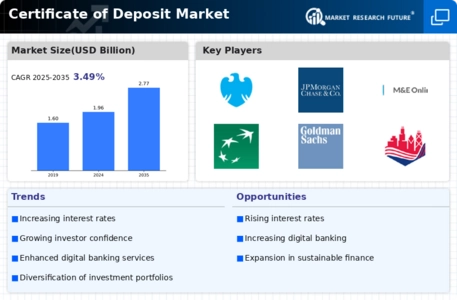
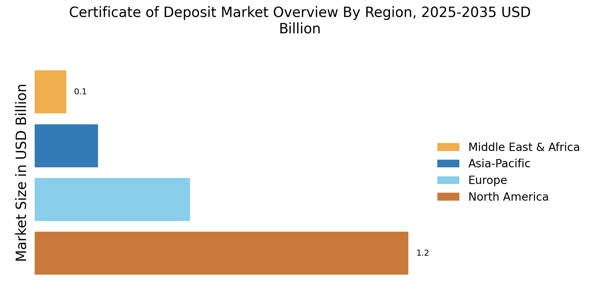
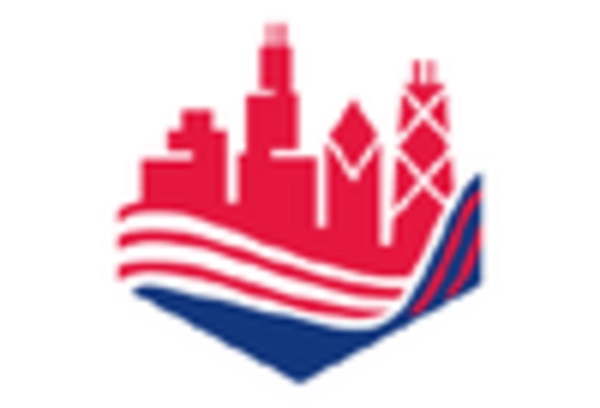

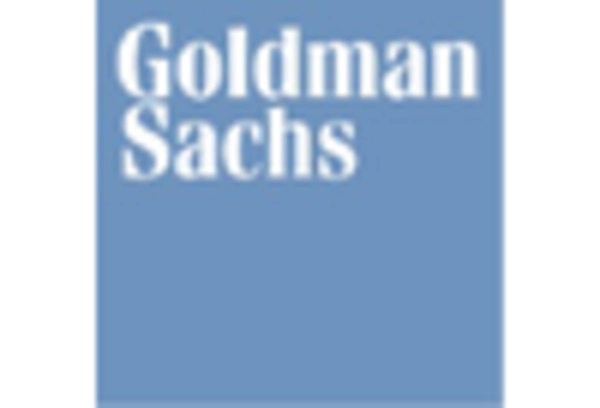
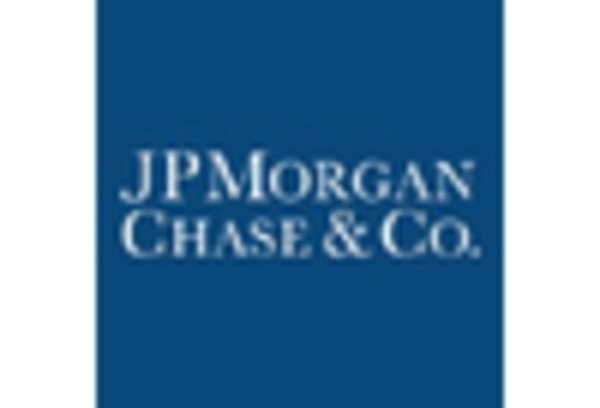
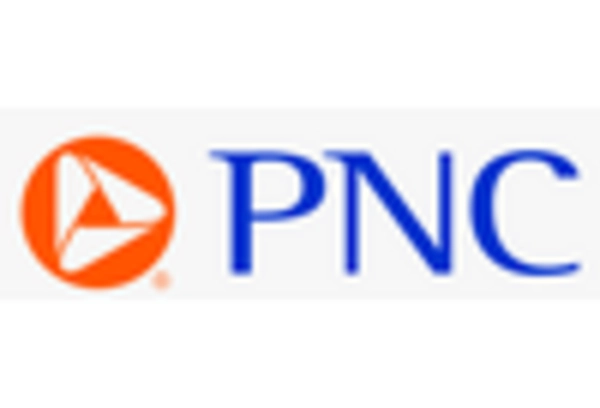
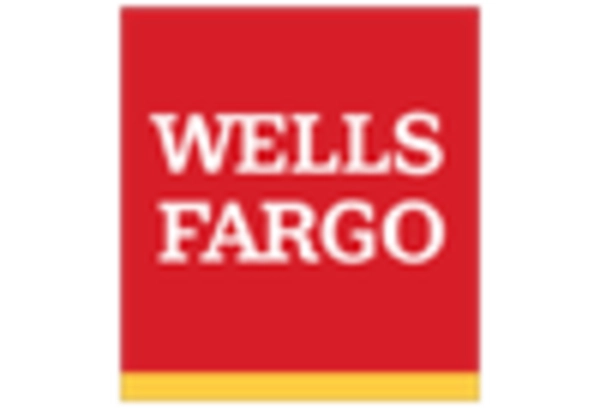








Leave a Comment